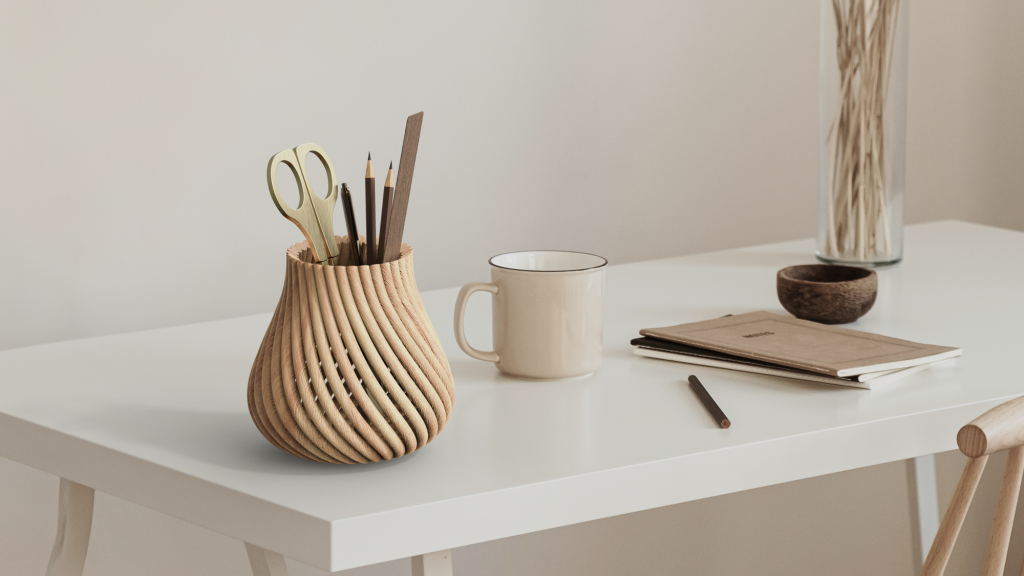The ability to drastically change your form is known to be one of the most important superpowers in the pages of comics and movies. Hulk (now floating in a peacock!) achieves this through a combination of exposure to gamma rays - although gamma rays don't work that way - and uncontrollable rage.
Of course, nature has its own amazing changes. All organisms change over time, either through simple evolutionary processes or dramatic and complex changes, but some change more than others. We often think of trees as raw and largely unchanging, at least on short-term scales. They are strong and strong in our forest, swaying in the wind, but it doesn't make much difference, does it? Not very fast.
The form of a wood sculpture is capable of significant changes, especially after death. Anyone who has left untreated wood in the field for a long time has seen it rot as the moisture evaporates. It's usually bad news for anyone looking to use wood in a project, but wood's natural weathering properties are inspiring a new craft.
Doron Kam, a PhD student at the Hebrew University of Jerusalem, and his colleagues have developed a method to reproduce the natural curves of wood in a more controlled environment using 3D printing. Their process produces complex shapes, including brackets and screws, and can lay the foundation for future furniture manufacturing and transportation. Their results were presented at a recent meeting of the American Chemical Society.
“When you cut the tree, the water evaporates, but the way the cells fit together reduces the disproportionate amount. You twist, we thought about doing the same thing with 3D printing," Cam told SYFY WIRE.
The researchers took wood waste particles known as wood flour and combined them with a binder to create a printable wood pigment suitable for 3D printers. This dye can be made by cutting and grinding plants, but it can also be made from existing scraps such as broken furniture or cotton fibers from old clothes. This material is very treatable and offers a long-lasting alternative to plastic, but it is not as durable.
The story continues
Dampness in living trees is caused by the loss of moisture as the wood dries and the irregular way the fibers lose moisture over time. Scientists simulate this process by adding moisture to the translucent material. After the building board is flat, it starts to lose moisture and the fibers in the wood will break down depending on the position.
"We use extrusion 3D printing, which usually uses plastic filaments and produces plastic scraps. The concept is really the same. We adjust the print speed, we keep the material flow more or less linear, and we adjust the different curves that come out when it dries," Cam said.
By placing rows of wood fibers next to or on top of them at different speeds, researchers can control the type of curvature the material acquires after drying. So far, they have presented relatively simple shapes as concepts, but with the right combination of movement, positioning and layers, almost any shape can be realistically achieved.
“We don't have full control of the power yet, but we have a good understanding of the processes that are taking place. Going forward, the industry can go in many directions,” said Kam.
How and when the printed material changes to a fixed configuration is related to the rate of moisture loss. This means that in the future furniture can be printed at the production site, shipped flat with moisture and then installed at home. In theory, you could set up your new flat chair in your living room or kitchen, go to work, and come home with a finished product that you've assembled yourself with the forces of physics while you're away.
Today, once a form is reached, it cannot be copied, but it can be changed in the future. Researchers are looking for ways to reset the moisture and reverse the process. If you can get rid of it, it definitely makes packing and moving easier.



